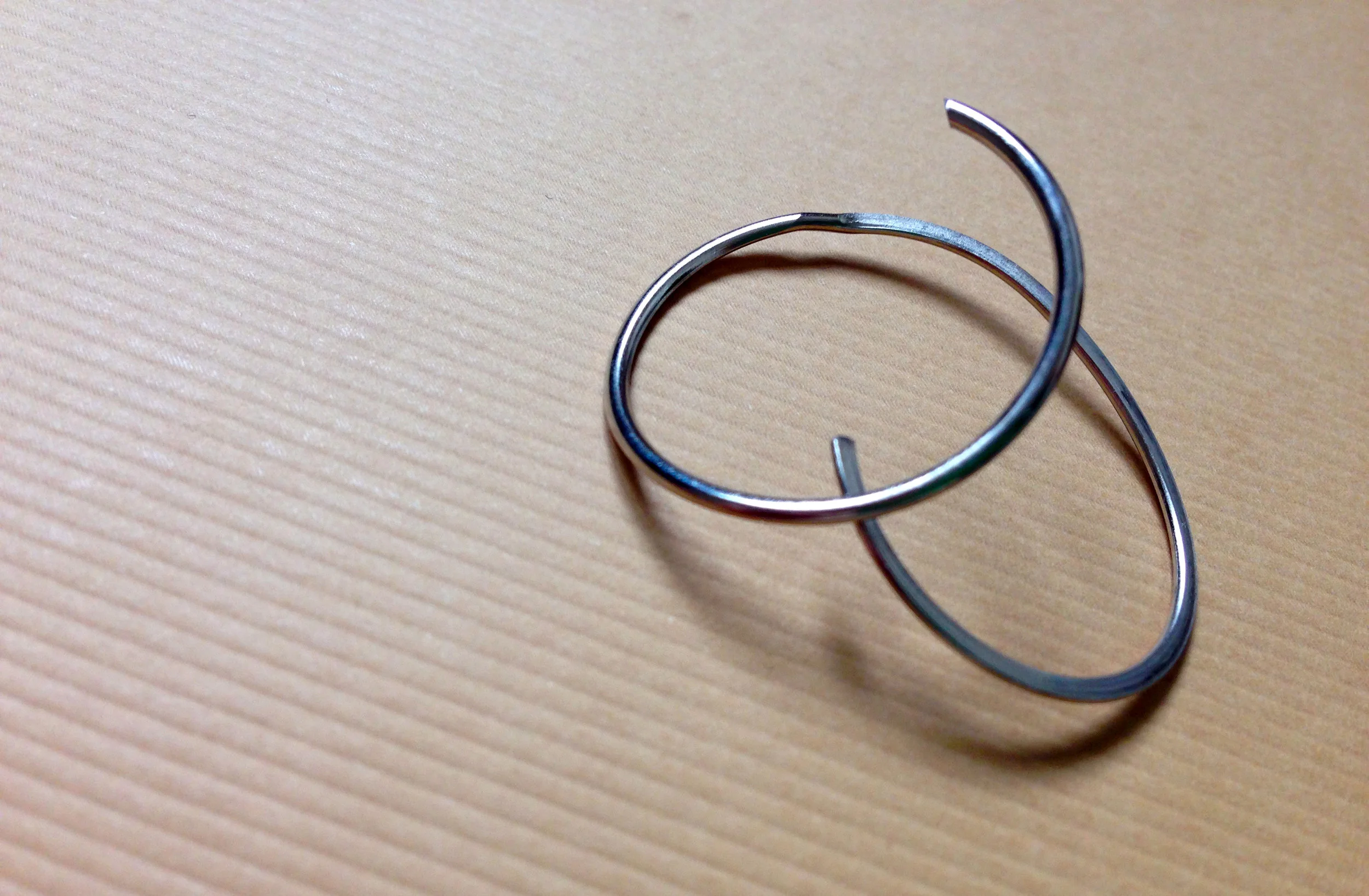This is a new strand to the blog: notes on my creative practice. If you’ve been following my posts you’ll know that I genuinely believe it benefits makers to really consider why they make things, as well as how. I recommend that people try to write about what they are doing with their making, regularly, unguardedly, as a way to understand what is happening and to make the ‘official’ writing they may have to do easier. In the spirit of openness and cameraderie I thought I would start sharing some of the things I write, for myself, about my creative practice. These thoughts are not necessarily meant to be essays in the formal, academic sense, but they are essays in the etymological sense – they are trials and testings, an attempt at figuring things out.
…………………………….
Yesterday I made two things. One may stretch the definition of ‘to make’ and the other possibly falls under ‘re-purposing’ more than making. As I made them I wondered about this, whether the verb to make has enough elasticity to hold all the things we makers do as part of our practice. Even if, maybe especially if, we do not create things out of raw materials. You know where you stand with a maker who takes the raw material and creates something that didn’t exist before. It is magic, it is astonishing. It takes vision and skill combined. It takes patience and commitment. But what of the people who take something as it already is and adds to it, incorporates it into something bigger, adapts it or alters it? What then? It seems to me that there are still all the elements as before – the vision, the skill, the patience and commitment – however we might interpret the work as slightly different.
A piece of wire, spiralled and twisted on the street, its end filed to a point so that it easily pierces fabric. This piece of wire is now a brooch, it has a new function, but I did not ‘make’ the wire. I did not construct it or form it into that knot. I simply adapted it and presented it. I am happy to say ‘I made this’ because I did those actions with intent. It was my intention to take the unloved object, and to make it visible. I will not claim that I manipulated the metal, but you may well assume that I did, when you see me wearing it. I am all right with that. I am happy for you to interpret the things I create in your own way. And in that sentiment, perhaps, resides the answer to my question: that it doesn’t really matter, does it, if I don’t make the objects from ‘raw’ materials. The viewer may believe that I did, or they may not. Knowing how I made it, or knowing why I do these things, maybe that will alter their perception of the object, increase its value or affect the emotion towards it. Maybe the narrative of the work supports the ‘making’ (whatever definition I choose) and allows me to reconcile any hesitancy on my part.
Would it make a difference the degree to which I interfere with the existing object? Mostly the pieces of jewellery I ‘make’ begin their life as pieces of rubbish, gathered from streets or drawers, the random bits of life we discard so easily. I find them and I change them, slightly. I coerce them into a new form, I join them with pins or staples, I make them wearable. But I rarely remove or edit out bits. I tend to work with what’s there already. The interventions I make are minimal. The less I do, the happier I tend to feel about the success of the final piece. When I try to create something by cutting up or collaging many bits together it feels forced and I feel dissatisfied.
There are makers who take existing objects and marry them with original objects they create. These assemblages are harmonious and allow the old to shine against the backdrop of the new, while creating unique pieces. There are makers who adapt and re-purpose existing objects, replacing old elements with new or removing bits entirely. These objects may become functionless through these actions or they may offer new perspectives on existing items. In these examples the hand of the maker is visible. Their intention is apparent, and their skill is employed in the creation of some new entity.
But, what if there were no ‘hand’ of the maker, only the maker’s eye? What place is there in contemporary craft for the ready-made? Can such an object exist? Would it be allowed? Could I take an existing object (crafted or otherwise) and present it as contemporary craft without being involved with it through a technique or process? Is this the fundamental difference between art and craft: Art can exist without making but making makes Craft? These pieces I collect, if I presented them, documented them, wrote about them and then displayed them, would be art. I feel happy with that assertion. But, would they be craft? Even if my focus was on the making originally involved in the creation of the object, or its subsequent use. It only becomes craft if I do something to or with the object. Is that it? I’m still not sure.
